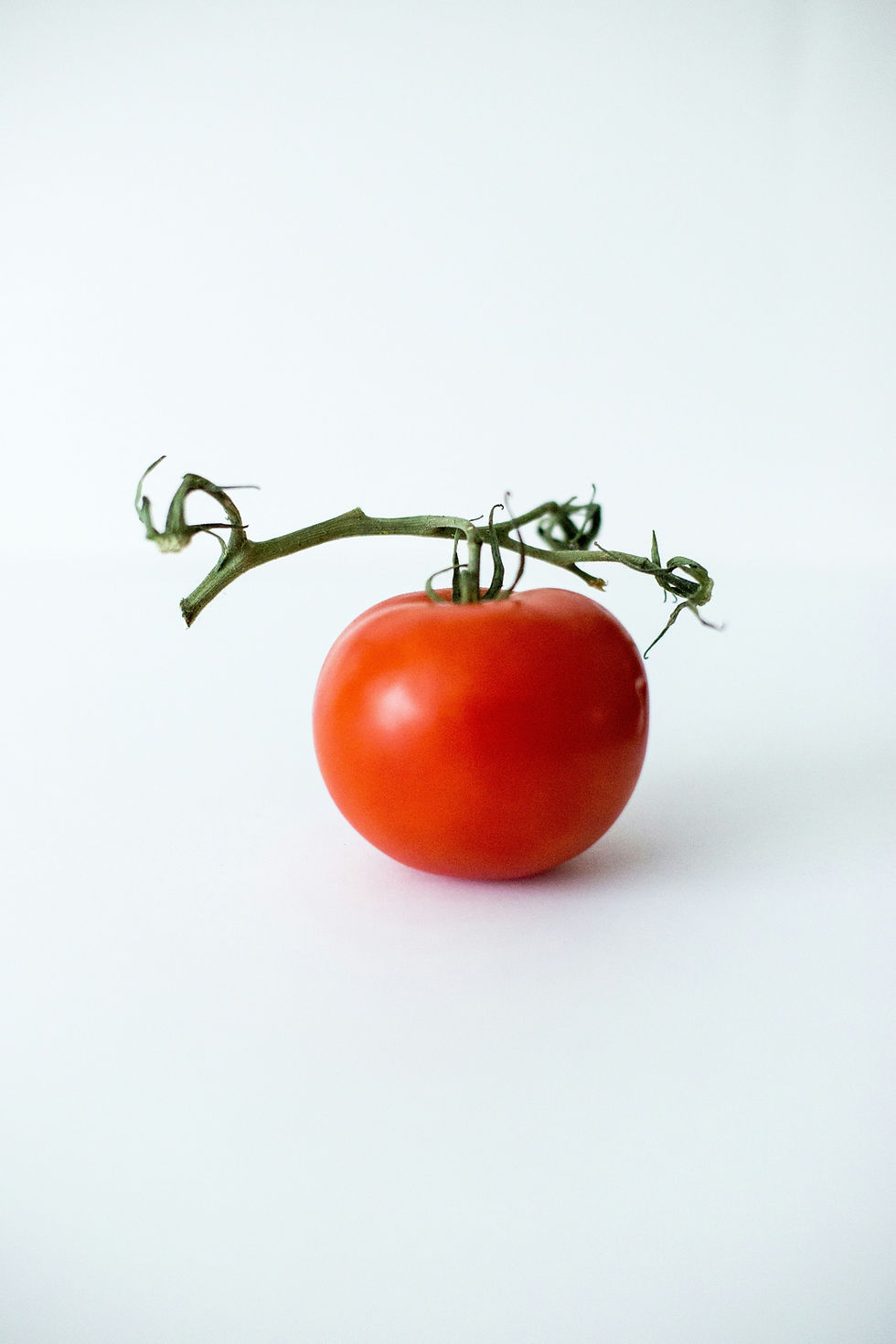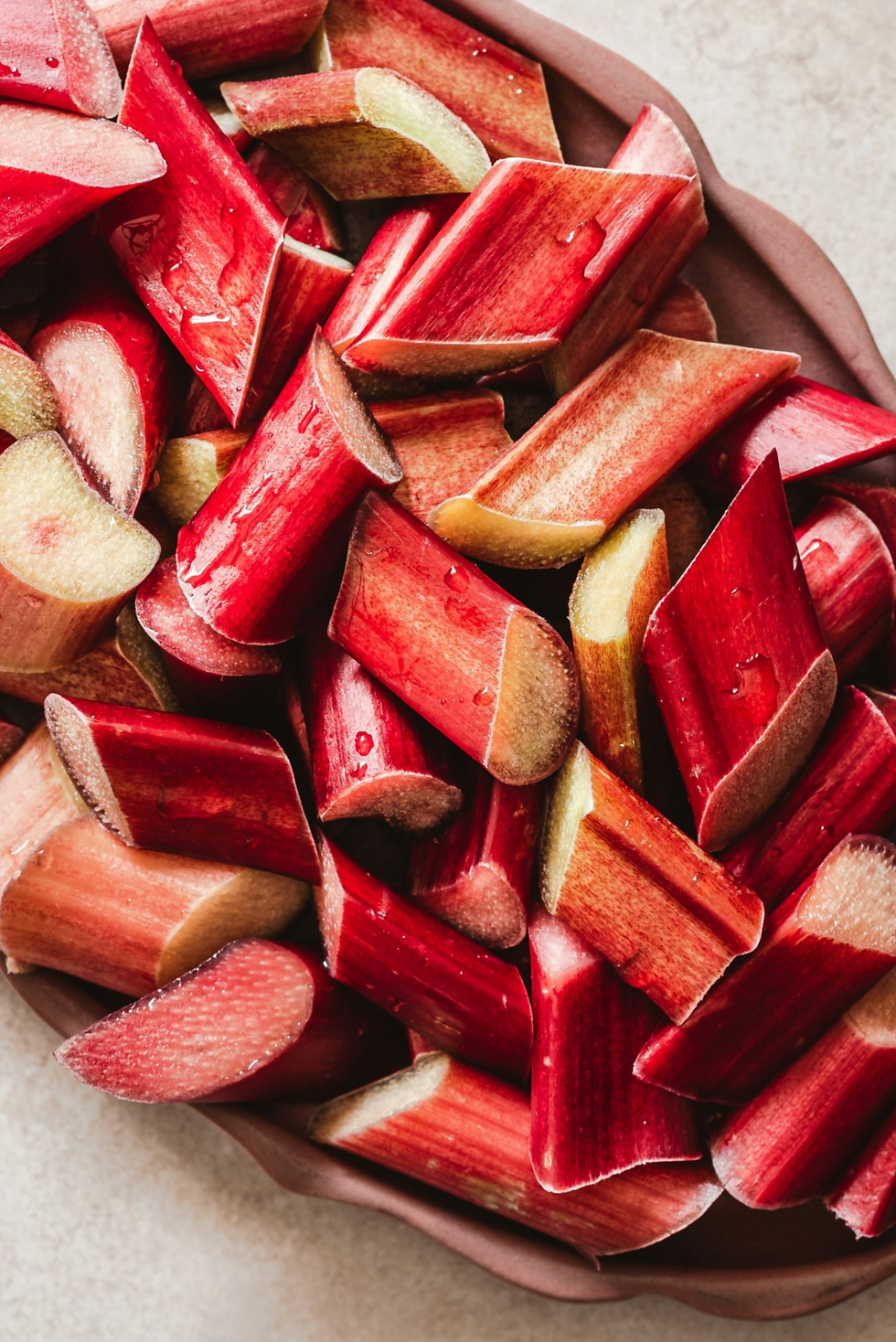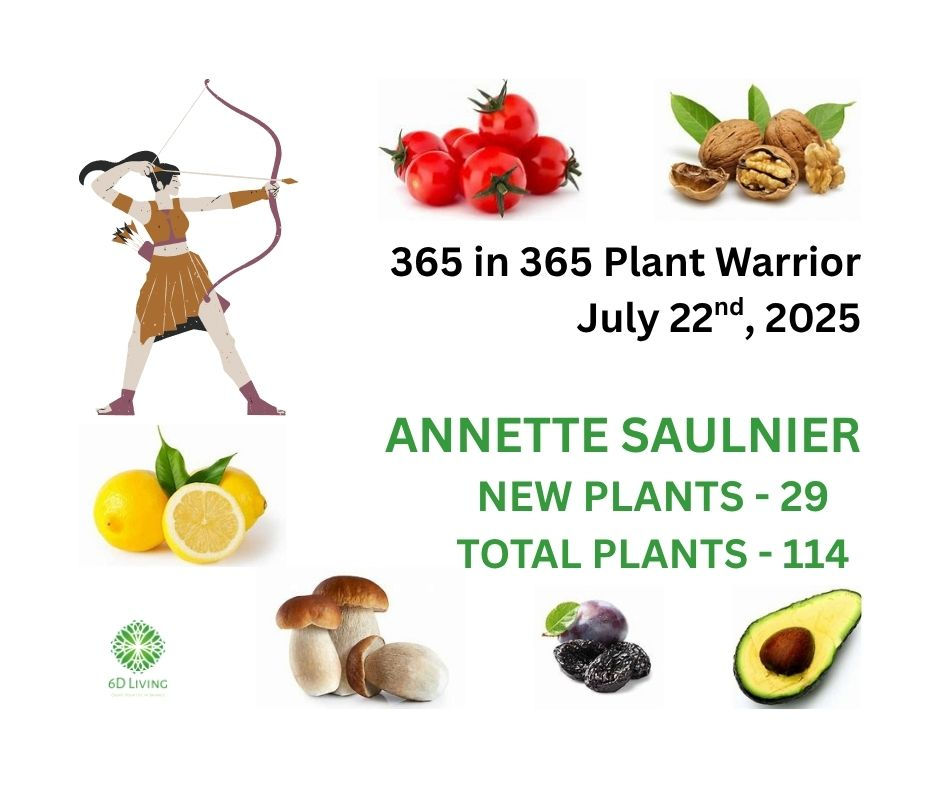365 IN 365 - Tracking Fruits or Vegetables? The Court Has Something To Say.
- Jennifer Armstrong

- Jul 24, 2025
- 4 min read
Jennifer Armstrong is the creator of this series of posts, published bi-monthly, entitled 365 in 365. These posts will help guide us all as we accept the 6D opportunity to diversify our plants in order to nurture and nourish our microbiome and thus improve our health and wellness. You can join us for this year-long event either in our Facebook group or by following along via our blog posts!

For gardeners - not all gardeners, but some gardeners, like the ones who like to use botanical names or follow specific pruning schedules - clear definitions are important. You might ask what is the different between a fruit and a vegetable and you’ll get a long and possibly pedantic answer from this kind of gardener. Okay, I’m really talking about myself.
Botanically speaking, a fruit is the fruiting body of a plant, and contains the seed (like a cherry) or multiple seeds (like a strawberry.) Often the tissue of the fruiting body is higher in sugars than the rest of the plant to attract animals to eat them and then disperse the seeds some distance away.
After all, plants are rooted in place, literally. They can’t go anywhere to spread their genes far and wide. They have to enlist help. By this definition, then, many of the plants foods we think of as vegetables are fruits - tomatoes, peppers, cucumbers, okra, squashes, etc. We eat the part of the plant that carries the seeds.
Then what would a vegetable be? We can infer that a vegetable is any other part of a plant - the leaves (lettuce, kale, etc.) the stems (asparagus, celery, fennel, etc. ) the root/tuber (carrots, beets, potatoes, etc.) or even the flower buds (artichoke, broccoli, etc.) Okay, got it.
Except that’s not how people actually use these plant foods. It’s pretty well accepted that vegetables are typically prepared and eaten as savory foods and fruits are typically prepared and eaten as sweet foods. And this is so commonly understood that courts have weighed in, because where commercial agriculture is concerned, the distinction actually matters.

Most notably, the Supreme Court decided in 1893 that tomatoes are vegetables. The case reached the highest (US) court because at the time there was a tariff on imported vegetables but not on fruits. A tomato importer argued that tomatoes were not subject to the 10% tariff on vegetables, but as a fruit they should be exempt. The court unanimously found that tomatoes are vegetables because they are commonly consumed as such.
"Botanically speaking, tomatoes are the fruit of a vine, just as are cucumbers, squashes, beans, and peas," Justice Horace Gray wrote. "But in the common language of the people, whether sellers or consumers of provisions, all these are vegetables.”

And in 1947, the US Customs Court heard an argument that sought to distinguish imported rhubarb as a fruit (subject to 35% tariff) as opposed to a vegetable (subject to 50% tariff). So although yes, botanically we can see that the rhubarb we eat is the leaf stalk of the rhubarb plant and not the fruiting body, it is eaten as a fruit in sweet preparations rather than savory ones. The finding of the Supreme Court in the tomato case was the precedent that established rhubarb as a fruit.
Ultimately, does it matter? Well, no - and yes. Edible plants are edible plants, regardless of what category they fall into on our tracking document for the 365 in 365 challenge.
But we live in a global marketplace, and whether we can afford access to plant foods that are imported from other places impacts the food choices we can make. Perhaps that’s another argument for eating seasonally and locally as much as possible, but whatever category you want to put your food in, enjoy it in good health.
Jennifer Armstrong has spent her life making things; she has had a long career of writing books for children, decades of gardening, painting, making music, and cooking. A 2023 graduate of the T. Colin Campbell Center for Nutrition Studies course in Plant- Based Nutrition, she has also combined her interest in sustainability with her love of food by learning how to can and dehydrate, saving as much of the local harvest as possible for use throughout the year. She lives in upstate New York.
Jennifer is both a blog writer and event moderator at 6D Living. Her blog post series 365 in 365 will explore how we can all diversify and improve our microbiome. Jennifer is also an administrator for our public, world-wide event of the same name. This free event is a year long community activity with one goal only - get more people on the planet a wider variety of plants.
This is a 365 day challenge to try 365 different plants in your nutritional routine over the next 365 days. We will explore new and known plants, share their nutritional benefits as well as recipes so we can all enjoy the splendor of the plant world and improve our health - as a united community.
We know that the diversity of plants we eat determines our microbiome health, which in turn determines our overall health and wellness. Our goal at 365 in 365 is to try to get as many different plants as possible into our bodies over the year - steadily becoming healthier together.

We invite all our members to share recipes, new plants they have 'discovered' for themselves as well as resources where we can all find these wonderful gifts from nature no matter where we live in the world.
This is an international plant-based community for curious minds which want to learn how to be healthier, happier and more balanced in their lives. This is a group of hope and encouragement for all sentient beings on the planet we call home. This activity/event is taking place both on Facebook as well as our 6D Blog - you can join via either venue, or join both by sharing your journey through comments and posts!





Comments